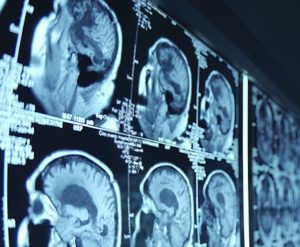Project Summary/Abstract
Traumatic brain injury (TBI) is amongst the leading causes of death and disability in the United States and Worldwide. Each year in the United States, there are an estimated 1.7 million TBIs, resulting in 52,000 deaths, 275,000 hospitalizations, and 1,365,000 Emergency Department visits. These TBIs result in substantial negative impact to many individuals with TBI. Currently, there are not treatments that can be delivered in the acute post-injury time period that have been shown to result in improved patient outcomes. There is an undeniable need for effective treatments for patients with TBI who are likely to develop prolonged post-TBI deficits. A major shortcoming in the TBI field is the inability to accurately classify a patient with TBI according to that patients expected outcomes. Current classification systems use broad criteria to assign patients to “mild”, “moderate” or “severe” TBI categories. However, these criteria often allow for patients who are very different from one another, who have had very different injuries, and who have very different post-injury signs and symptoms, to be classified into the same TBI group. Current classification results in patients who are classified the same, e.g. as “mild” TBI, to have substantially variable outcomes. Our research, a secondary analysis of large datasets contained within FITBIR, aims to develop a more precise classification system for patients who have experienced a TBI that correlates with expected patient outcomes. To make the classification system practical for use by clinicians and researchers, data that are typically available at the time of the initial patient evaluation will be utilized. Factors that might be predictive of patient outcomes and will thus be considered for inclusion in the refined classification system relate to neurologic symptoms immediately following TBI, findings at the initial medical evaluation, presence and characteristics of prior TBIs, history of medical, neurologic, and psychiatric disorders, mechanism of TBI, and patient socio-demographics. The more precise TBI classification system that will result from this research will inform clinicians on how aggressively to prescribe rehabilitative therapies, will allow for more accurate prognostication of patient outcomes, and will help to determine inclusion and exclusion criteria for future clinical trials of TBI therapies.
